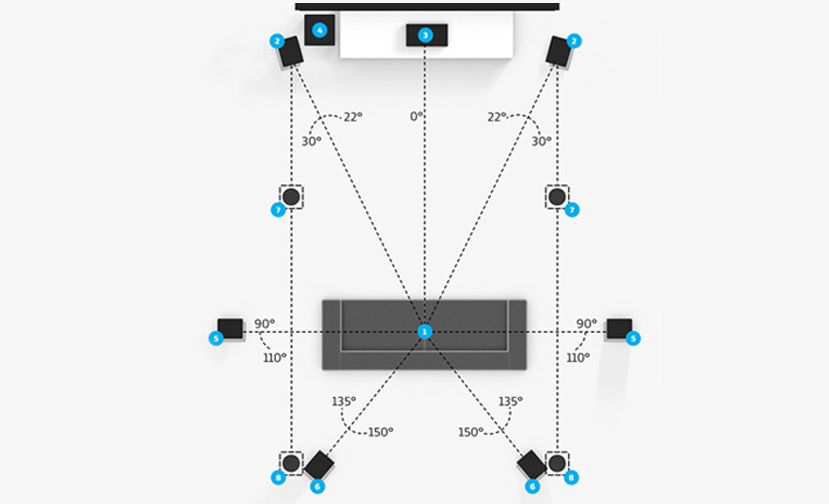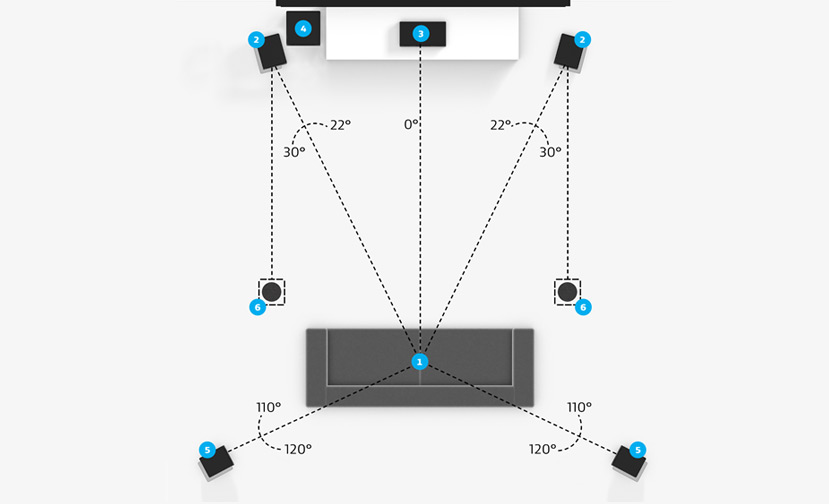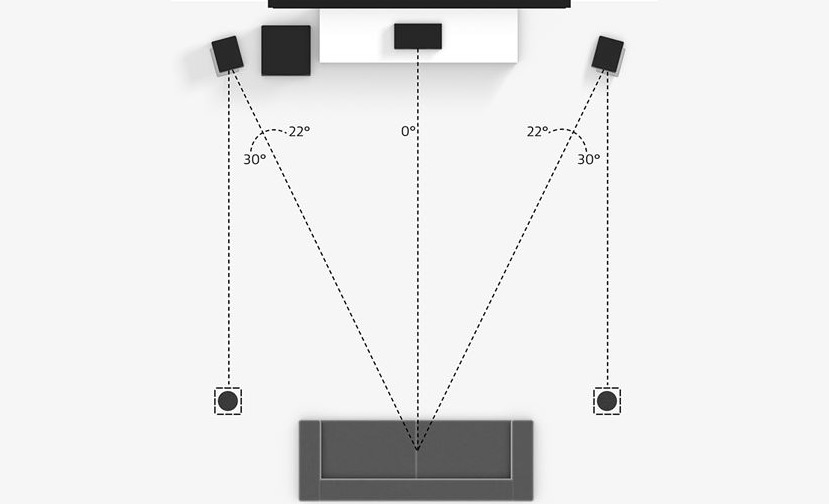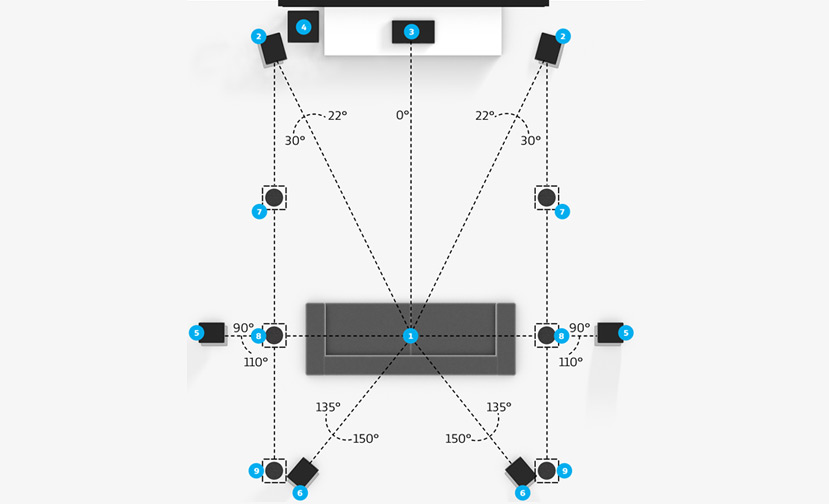If you're new to home cinemas systems, you may have come across number sequences such as 7.1.4, 5.2, or 3.0, and been unsure of their meaning. These codes describe the number of speakers in a room and are used to represent different home cinemas configurations. It's essential to understand these codes when researching home cinemas receivers and setting up your own system.
Let's break down what each number in the code means. The first digit signifies the number of speakers in the room that aren't Dolby Atmos speakers. Dolby Atmos speakers are those that are either mounted in the ceiling or placed on top of the primary speakers to bounce sound off the ceiling. For example, if the first digit is a 5, it means there are left, center, right, and a pair of surround speakers.
The second digit indicates the number of subwoofers in the system. Although most configurations call for one subwoofer, we recommend having at least two for a more serious home cinemas setup.
The third digit represents the number of Dolby Atmos speakers. For example, a 5.2.4 setup has five main speakers, two subwoofers, and four Dolby Atmos speakers.





